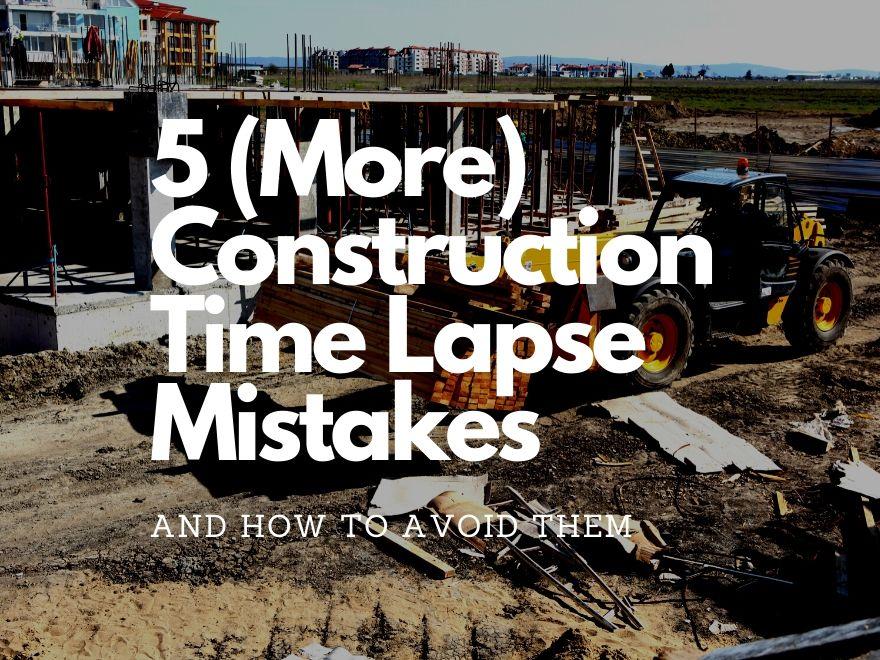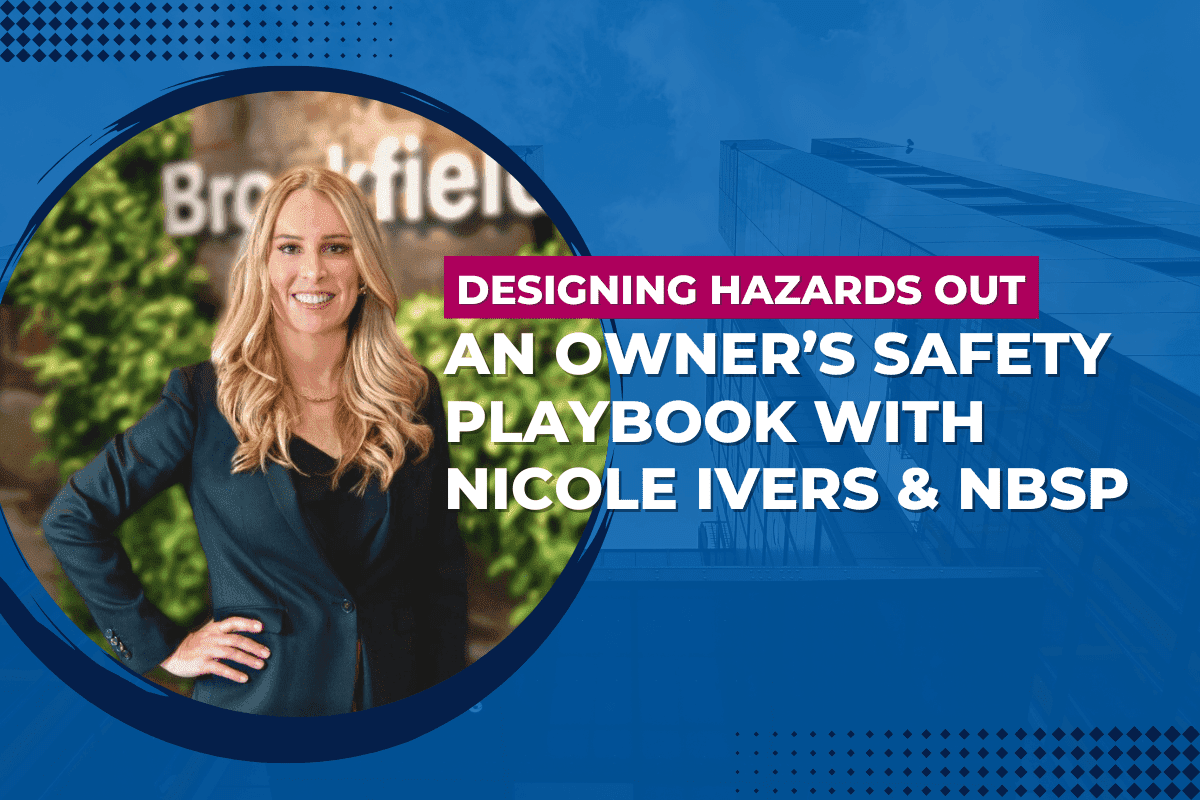Construction time lapse is a strong tool for documenting a build, recording progress, updating stakeholders, and marketing your services. Last year, we featured an article highlightingfive common long term time lapse mistakes to avoid. But that list certainly was not an exhaustive one. Here are five more time lapse mistakes to avoid, specifically on construction time lapse projects.
1. Not Understanding the Difference Between Long- and Short-Term Time Lapse
There are many similarities between long- and short-term time lapse, but there are some key differences that need to be taken into account.
We’re a broken record on this point: long term time lapse requires significant and detailed planning. It also requires a more permanent mounting solution, steady monitoring over months, or even years. Plus, there are a range of issues that can arise, from technical issues to equipment damage due to something completely outside of your control. You need to be mindful of the length of your intervals. Too short of an interval will result in too long of a video. Too long of an interval may miss important progress points.
When it comes to short term time lapse, there is still planning involved, but there are fewer variables to account for. You can typically deploy your project without having to monitor as closely (assuming you’ve tested your kit beforehand). And you can get away with using much shorter intervals.
2. Undershooting
When you’re shooting a long term time lapse video, it’s difficult to estimate with precision just how long your final video will be and how many photos that will require. And if you shoot exactly the amount of photos that you think you need for your desired video duration, you’ll likely be sad to discover that many of the photos you ended up with cannot be used due to things like bad weather, a lens blockage, odd lighting, site inactivity, and more.
To get around this, you need to shoot more photos than you think you need to ensure you’ll have enough quality photos to create a professional looking time lapse video.
3. Poor Choice of Kit Location
Setting up construction cameras for time lapse video takes some ability to see into the future. A myriad of factors can make choosing the location difficult.
Do you know where the sun rises and sets? Have you considered how the shadows will be cast? What about the weather - does it get ultra-windy? Don’t forget to account for traffic, people, birds and other potential issues? We recommend taking your time in determining the best placement of your camera.
Unfortunately, some will mount their kit in the perfect location for the shot… but it’s impossible to access easily. While many processes can be automated, plan on needing to access your unit throughout your project. It’s beneficial if this is easy to do.
If you install your unit in a location that is difficult or expensive to access (e.g. requires a lift to access), that can be a big blow to your budget and time. Even simple maintenance tasks like cleaning the lens suddenly become an expensive hassle.
Because we understand the difficulty of location choice, we offer theSwivel Mount Kit to give you as much freedom and flexibility to get the perfect angle.
4. Not Accounting for Varying Site Activity Levels When Planning Intervals
In construction time lapse, site activity drastically varies depending on the stage of the project, and will not always be hubs of activity and movement.
Sometimes, the site will look exciting and vibrant, with workers and machinery moving all over the place. Other times, it will appear as if no work has been done for a long period of time. And this period of seeming-inactivity could result in a boring lull of your end video.
It is important to account for these differing periods of activity and slow or speed up your intervals appropriately. And withBlinkX orUpBlink, we provide the ability to schedule several different intervals, so you can take this into account during your planning.



